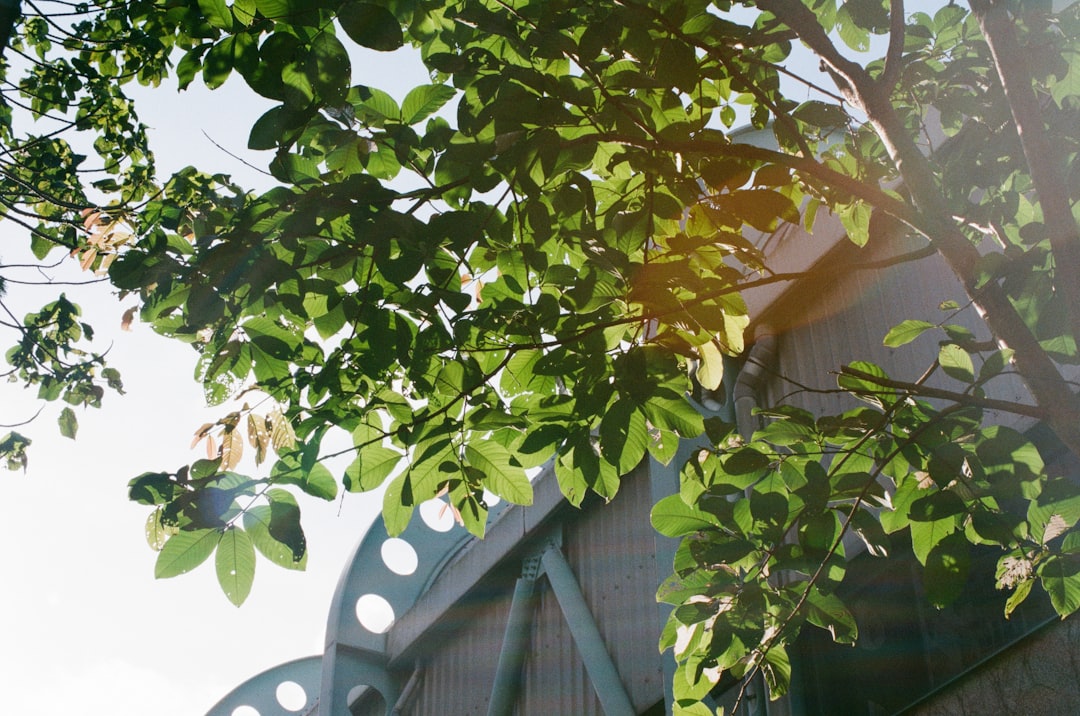Transform Your Backyard with a Storm - Catching Oasis

In the realm of landscaping, a backyard rain garden stands as an ingenious and eco - friendly solution. Unlike traditional gardens, a rain garden is designed with a specific purpose: to capture stormwater and allow it to gradually seep into the soil, rather than flowing directly into drains and sewers. This not only helps in reducing the burden on the municipal water management systems but also offers a host of environmental benefits.
### The Environmental Impact
When rainwater rushes off impervious surfaces such as rooftops, driveways, and sidewalks, it picks up various pollutants like oil, chemicals, and debris. This contaminated water then enters the drains and sewers, and eventually, our water bodies. A rain garden acts as a natural filter. The plants in the rain garden absorb the excess water, and the soil further purifies it by breaking down and trapping the pollutants. By creating a rain garden in your backyard, you are contributing to the protection of local water quality and the overall health of the ecosystem.
### Planning Your Rain Garden
Before you start digging, careful planning is essential. First, choose the right location. Look for a spot in your backyard that is at least 10 feet away from your home's foundation to prevent any water - related damage. The area should also receive adequate sunlight, as most rain - garden plants thrive in full to partial sun. Observe the natural flow of water in your yard during a rainstorm. The ideal location for a rain garden is a low - lying area where water naturally accumulates.
### Measuring and Marking
Once you've selected the location, measure the area. The size of your rain garden will depend on the amount of runoff you want to capture. A general rule of thumb is that the rain garden should be about 20% of the size of the impervious surface draining into it. Use a garden hose or spray paint to mark the outline of the rain garden on the ground. Make the shape irregular and organic for a more natural look.
### Digging and Shaping
Now comes the physical work of digging. Dig out the marked area to a depth of about 6 - 12 inches. The sides of the rain garden should slope gently towards the center. This shape allows the water to spread evenly across the garden and seep into the soil. As you dig, set aside the topsoil. You'll use it later when planting.
### Selecting the Right Plants
Choosing the appropriate plants is crucial for the success of your rain garden. Look for native plants that are adapted to your local climate and soil conditions. Native plants are more likely to thrive and require less maintenance. They also provide habitat for local wildlife, such as birds and butterflies. Some popular rain - garden plants include swamp milkweed, purple coneflower, and Joe - Pye weed. These plants can tolerate both wet and dry conditions, making them perfect for a rain garden.
### Planting and Mulching
Start by adding a layer of compost to the bottom of the rain garden. This will improve the soil's fertility and water - holding capacity. Then, plant your selected plants according to their spacing requirements. Place taller plants in the center and shorter ones around the edges. After planting, add a layer of mulch, such as shredded bark or wood chips, to help retain moisture and suppress weeds.
### Maintenance
Maintaining a rain garden is relatively easy. Water the plants regularly during the first few weeks after planting to help them establish their roots. Once the plants are established, they will generally require less water. Remove any weeds that may compete with the rain - garden plants for nutrients and water. Periodically check the shape of the rain garden to ensure that the water is still flowing and seeping as intended. If necessary, make minor adjustments to the slopes.
In conclusion, creating a backyard rain garden is a rewarding project that combines beauty and functionality. It not only enhances the aesthetic appeal of your yard but also plays a significant role in environmental conservation. So, roll up your sleeves and follow this guide to make your very own rain garden today!